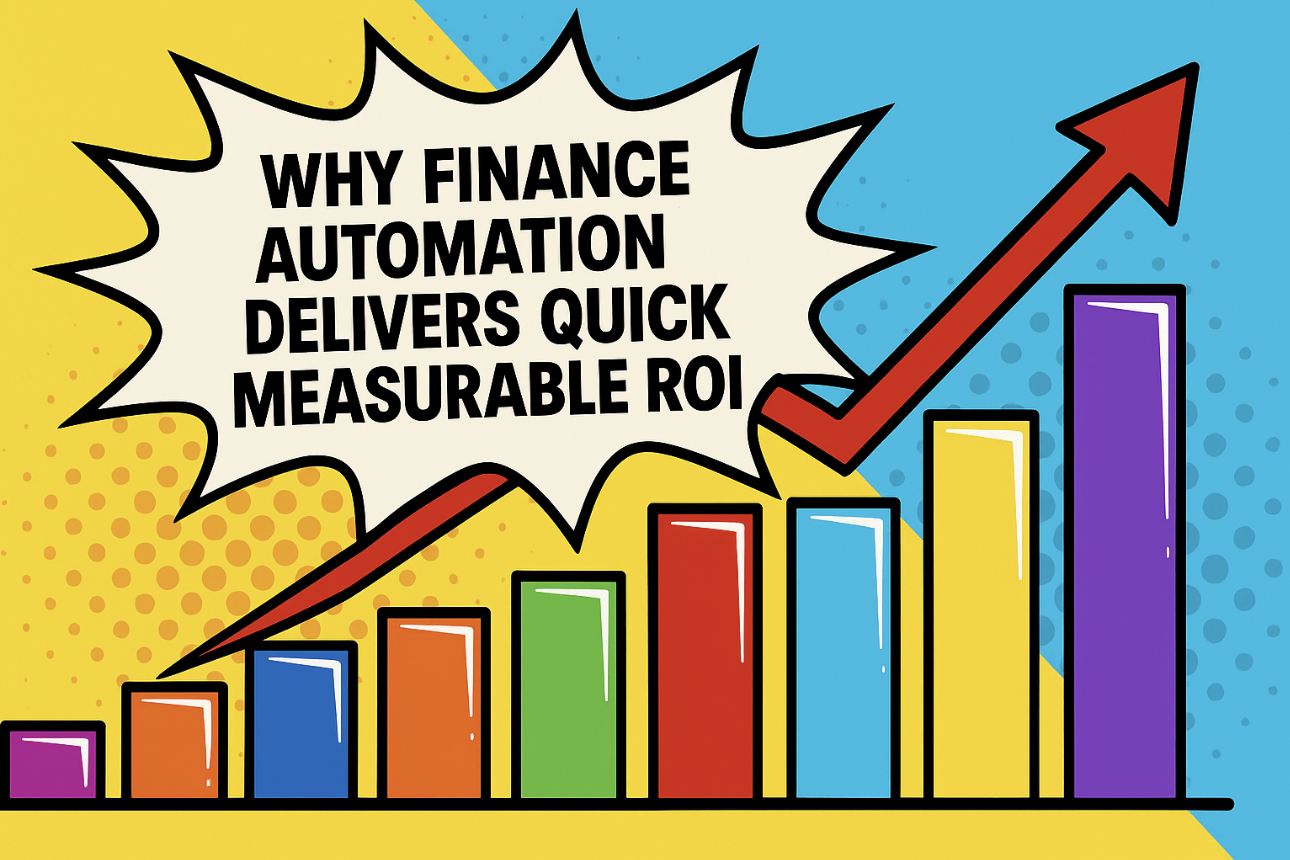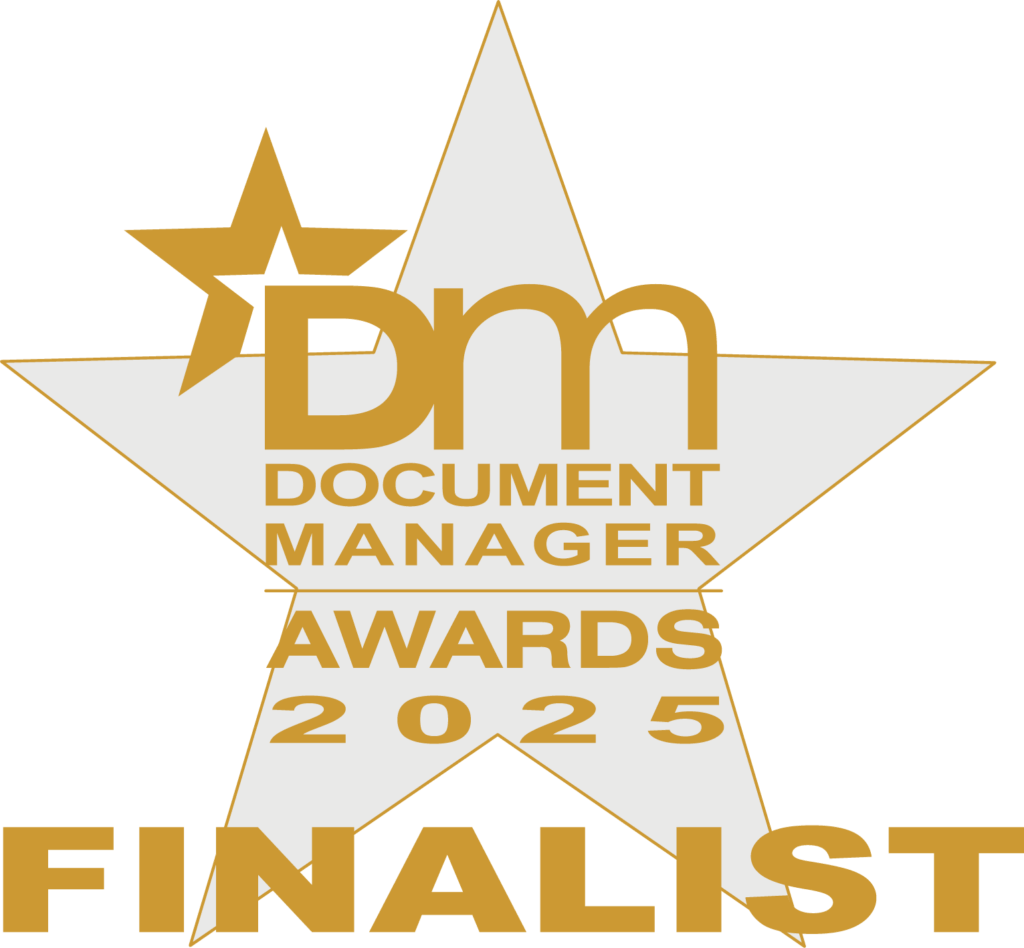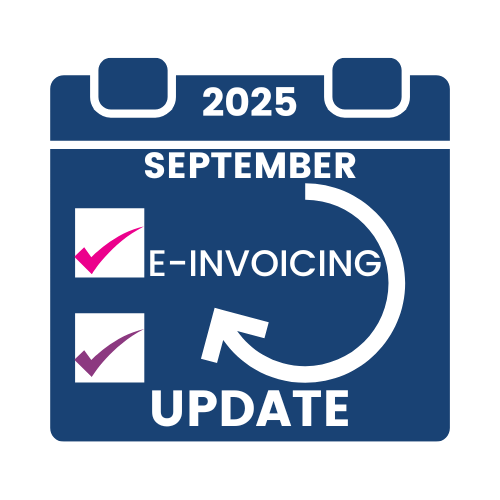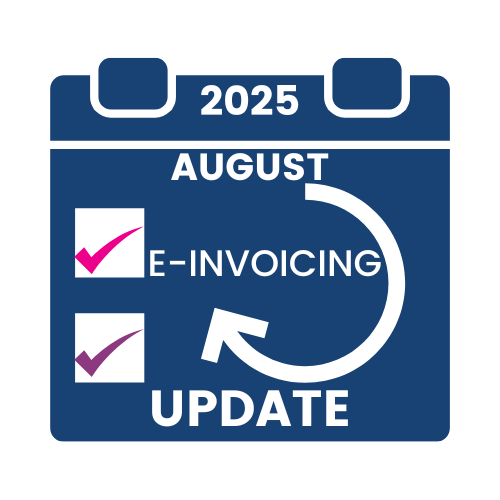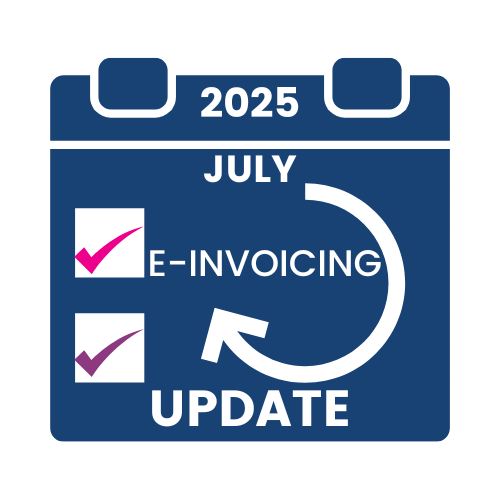Discussions around automation are often met with hesitation. Cost, implementation complexity, and the uncertainty of when returns will materialise can stall progress—especially for finance leaders trying to maintain business as usual. Yet, why finance automation delivers quick measurable ROI is a question more CFOs are asking as they seek smarter, faster ways to drive value.
In fact, 78% of CFOs say measurable ROI is the top priority when selecting financial automation tools (source: Gartner) making quick ROI from finance automation a critical benchmark for success.
What Slows Down ROI in Traditional Finance Processing?
Manual, Labour-Intensive Workflows
Paper invoices, manual data entry, and spreadsheet-based reconciliations are more than just legacy processes—they’re expensive in both time and resources. These outdated workflows consume valuable staff hours, increase the risk of errors, and limit the capacity for strategic work.
Lack of Real-Time Visibility
Finance teams are reactive rather than proactive when working without live dashboards or automated tracking. Duplicate payments or missed deadlines are only discovered after the fact, delaying resolution, impacting cash flow, and eroding confidence in financial reporting.
Siloed Systems and Data Delays
Disconnected platforms and fragmented data flows create bottlenecks. When systems don’t communicate, finance teams spend hours chasing information—slowing down forecasting, decision-making, and compliance. Transferring data manually between systems also increases the risk of errors, further undermining trust in reporting.
How Finance Automation Accelerates ROI
Faster Processing with Fewer Resources
Automation eliminates repetitive tasks like invoice matching, approval routing, and data entry. This not only reduces processing time but also frees up finance staff for higher-value work.
Automation reduces invoice processing time by up to 80%, according to the Institute of Finance & Management (IOFM).
Instant Access to Actionable Data
Automated systems provide real-time analytics, enabling faster month-end closes and more accurate forecasting. With live dashboards, finance leaders can make proactive decisions based on current performance—not last month’s numbers.
Reduced Error and Rework Costs
Manual errors cost time and money. From duplicate payments to incorrect entries, the financial impact adds up. Automation ensures consistency, accuracy, and compliance—minimising costly rework.
Quick Implementation and Early Wins
Innovative solutions like Documation are designed for rapid deployment. With pre-configured workflows and scalable architecture, organisations can go live in weeks—not months.
Customers using Documation report up to 90% of invoices processed touch-free and 80% of workflows completed on time within the first 6 months.
These early results are a key reason why finance automation delivers quick measurable ROI—and why more organisations are prioritising this ROI from finance automation as a strategic goal.
Justifying ROI to Stakeholders
To build a compelling business case, it’s essential to identify where you can achieve quick ROI from finance automation—starting with the most time-consuming and error-prone processes.
Identify the Most Costly Inefficiencies
Start by mapping out your current processes. Where are the bottlenecks? What’s the average cost per invoice? How much time is spent on manual reconciliations? These inefficiencies are your ROI opportunity.
Set Baseline Metrics for Comparison
- Establish a pre-automation benchmark. Track metrics like:
- Cost per invoice
- FTE hours per process
- Error rates
- Cycle times
This baseline will help you measure improvements and build a compelling business case.
Project ROI with Conservative, Realistic Gains
Use industry benchmarks and case studies to forecast potential savings. Even a 30% reduction in processing time can translate into significant annual savings. Conservative estimates help maintain credibility and stakeholder trust.
Highlight Quick Wins to Build Momentum
Start with high-impact, low-complexity areas like:
- Data capture
- Invoice matching
- Approval routing
These quick wins demonstrate value early and help secure broader buy-in for future phases—another reason why finance automation delivers quick measurable ROI.
What Kind of ROI Should I Expect from Finance Automation in the First 6–12 Months?
Most organisations see measurable ROI within the first 3–6 months. Typical gains include:
- 50–80% reduction in invoice processing time
- 30–50% fewer errors
- Significant FTE time savings, enabling reallocation to strategic tasks
- Faster month-end close by several days
These outcomes demonstrate that fast ROI from finance automation is not only possible—it’s expected when the right tools and processes are in place.
Is ROI from Finance Automation Purely Financial?
Not at all. While cost savings are key, ROI also includes:
- Improved compliance and audit readiness
- Higher employee satisfaction from reduced manual work
- Faster decision-making through real-time insights
- Stronger supplier relationships due to timely payments
These qualitative benefits further reinforce why finance automation delivers quick measurable ROI beyond just the balance sheet.
Conclusion
Finance automation isn’t just a long-term digital transformation goal—it’s an achievable, fast, and scalable solution that eliminates inefficiencies, reduces errors, and delivers real-time insights. It empowers finance teams to do more with less, and it does so quickly.
